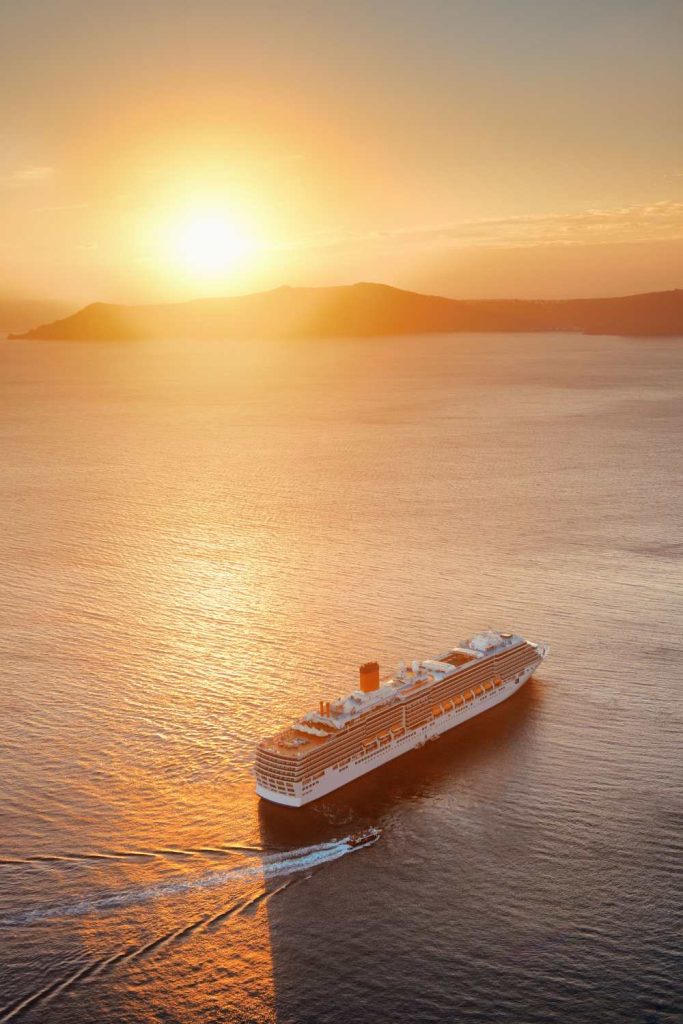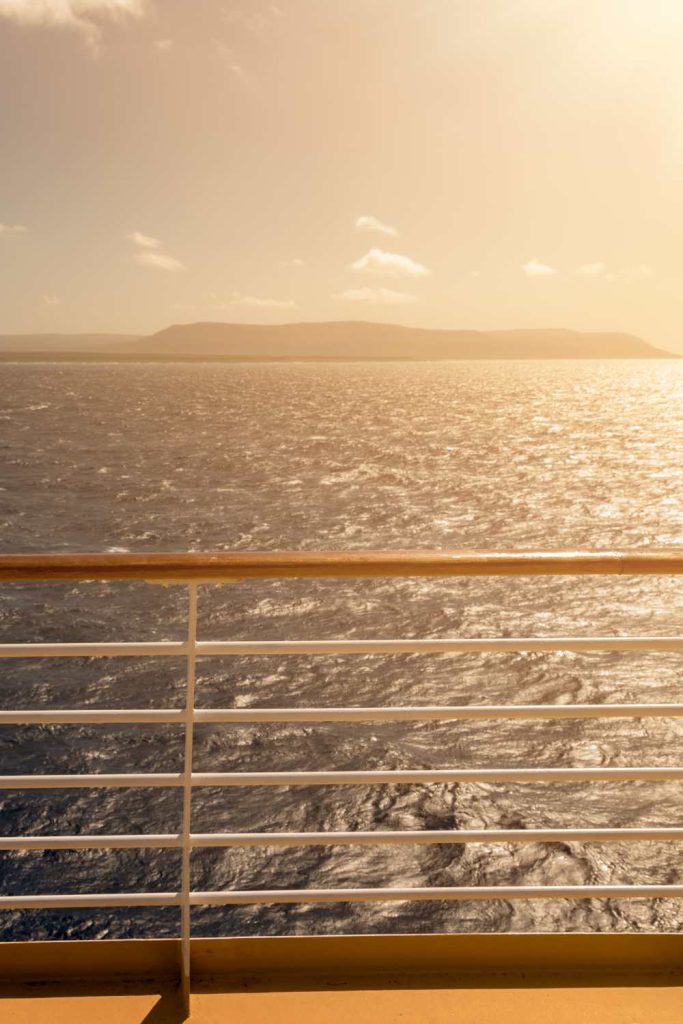Can cruises be sustainable? Travellers have become increasingly interested in sustainable tourism, aiming to reduce their carbon footprint when going on holiday. Research conducted by Expedia Group Media Solutions found that nine in ten consumers said they look for sustainable options when travelling. Buying from local stores, visiting cultural locations, and using more environmentally friendly travel options are becoming more common. As such, travel providers must keep up with the growing demand for sustainability.
Cruises aren’t exempt from the eco-conscious travel movement. Cruise travel is a major player in the global tourism industry, with more years of expected growth as popularity is expected to increase. As such, cruise lines and companies must address the environmental impact of cruises. Fortunately, many are already making changes to ensure more eco-friendly travel. There’s still much progress to be made, but the industry is actively making moves to improve. Here’s what you should know about cruises and sustainability:
‘nine in ten consumers said they look for sustainable options when travelling’
Expedia Media Group Solutions
Challenges to sustainability
Cruise ships are large vessels requiring significant amounts of fuel to operate, leading to high emissions of air pollutants like sulfur oxides and nitrogen oxides, contributing to climate change and respiratory issues. They also generate a large amount of solid waste, wastewater, and hazardous materials, which can pose challenges for proper disposal and potential environmental impact. Without proper care, cruise tourism can also strain delicate ecosystems, especially in sensitive destinations like polar regions. This can disrupt local wildlife and damage marine habitats.

How cruises are making sustainable changes
Making cruising more sustainable is no easy feat and requires a lot of research and investment work. AIDA Cruises saw the significance of sustainability as early as 2004. Since then, the cruise line has invested significantly in shore power, allowing ships to plug into clean, landside electrical power instead of leaving diesel engines on. The company has also invested in advanced propulsion and environmental technology for its new ships, implemented various efficiency measures, and retrofitted new technologies onto its existing fleet. It’s also investing in research to reduce fuel consumption, increase energy efficiency and conserve resources to reduce its carbon intensity by 20% by 2026.
Cruises boosting waste reduction and recycling
Other cruises are boosting waste reduction and recycling initiatives. Explora Journeys aims to create a transformative and immersive travel experience for travellers and local communities, and they do so by putting respect for nature, biodiversity, and culture at the forefront. It has no single-use plastics onboard, nor will they be offered on land-based excursions. Recycling and refillable bottles onboard are available in lieu of disposable items. The ships are also built to adapt to alternative energy solutions as they become available while utilising the latest environmentally supportive technologies. Its future ships will also explore cleaner technologies like liquefied natural gas (LNG) to reduce emissions.

Local communities also play a role in sustainability, and working with them is essential for reducing the environmental impact on the destinations. Celebrity Cruises offers more scaled-down itineraries for some tours. The Celebrity Flora boat sails from the Pacific to the Galápagos Islands, and it’s a first-of-its-kind 100-guest ship designed for sailing in the area. With local biodiversity in mind, the ship doesn’t drop anchor to stay put so as not to disrupt ocean life. Solar panels also provide electricity to the boat. Local items from Ecudaor are also featured, from chocolate to bathroom supplies. It empowers communities and gives travellers a glimpse of the destination’s culture, prompting more appreciation and care.
How can cruising become more sustainable?
While it may not be the most environmentally friendly travel option currently, it’s important to acknowledge the ongoing efforts and advancements being made. Promoting recyclable and natural materials allows travellers to make more sustainable choices and provides more visible proof of the ship’s efforts. More cruises are exploring shore power, LNG, hybrid technology, and more to reduce emissions. The industry is actively working towards reducing its footprint, so the future of sustainable cruising may look different than it does today. In the meantime, travellers can also do their part in practising sustainable travel. Check out our 3 (Basic) Tips For More Sustainable Travel post for easy ways to be more eco-conscious when on a cruise or travelling by other means.




